Metatarsalgia Support at Orthotics Plus
Metatarsalgia is an umbrella term referring to pain and associated sensations in the forefoot, including burning, numbness and tingling.
The term metatarsalgia is the description of local forefoot pain, it is not a condition itself.
Metatarsalgia can affect all of the toes in the foot along with the area underneath the metatarsal heads of toes one to five. It more often affects the second, third, fourth toes inthe middle of the foot.
Orthotics Plus provides holistic foot assessments and treatments to help people throughout Melbourne live with less pain.
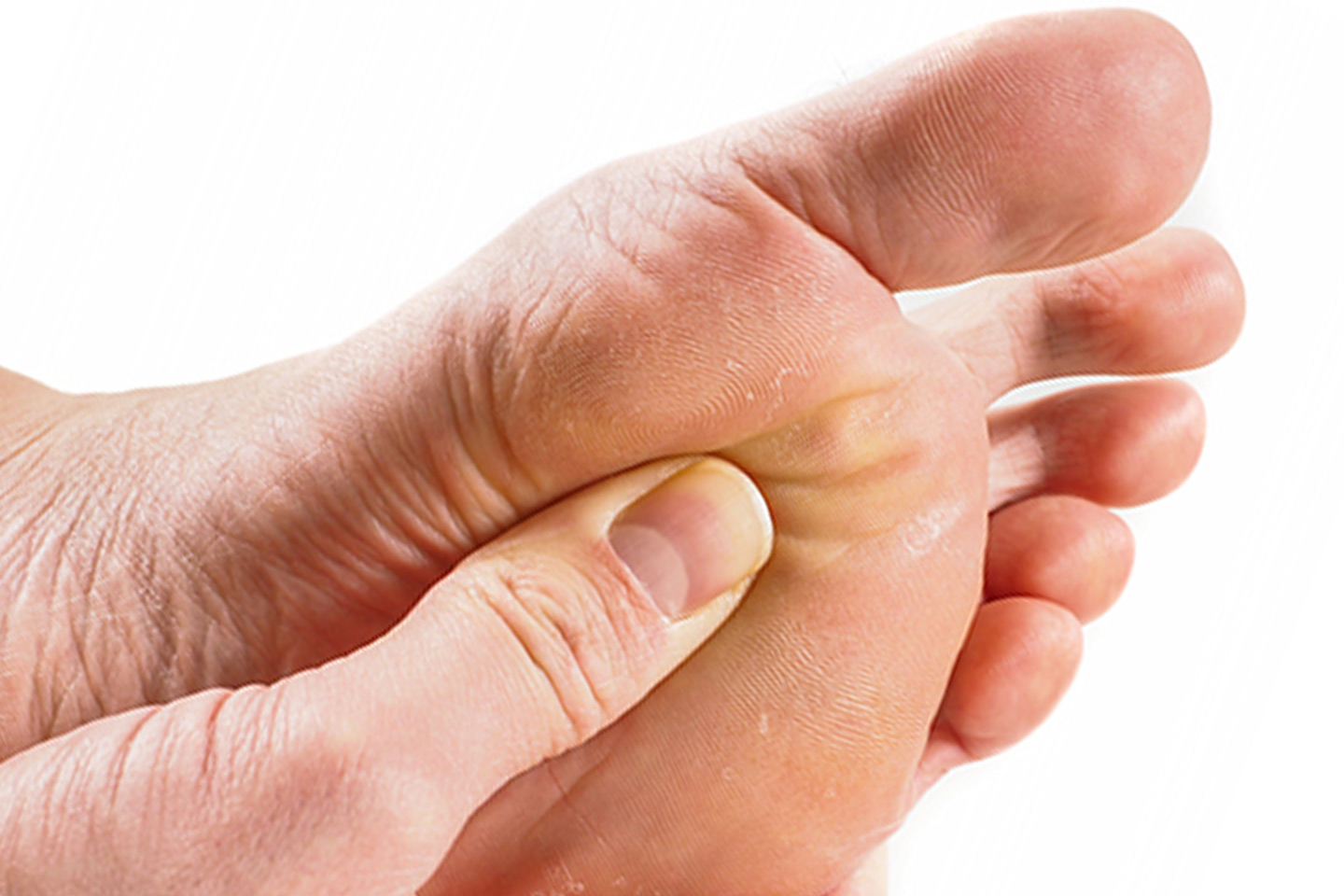
Treatment of Metatarsalgia at Orthotics Plus
We suggest that custom foot Orthotics are one effective option to manage biomechanical issues and forefoot pain.
For example, for a patient with high-arching feet and metatarsalgia, we may prescribe custom foot Orthotics with arch support plus a metatarsal bar/dome to offload weight from the painful area.
We may also use a carbon fibre footplate to serve as a supportive structure underneath the foot and reduce loading through the forefoot during gait.
Our team will also discuss appropriate footwear and activities that a patient can perform while their feet are inflamed. We will also provide appropriate patient education.
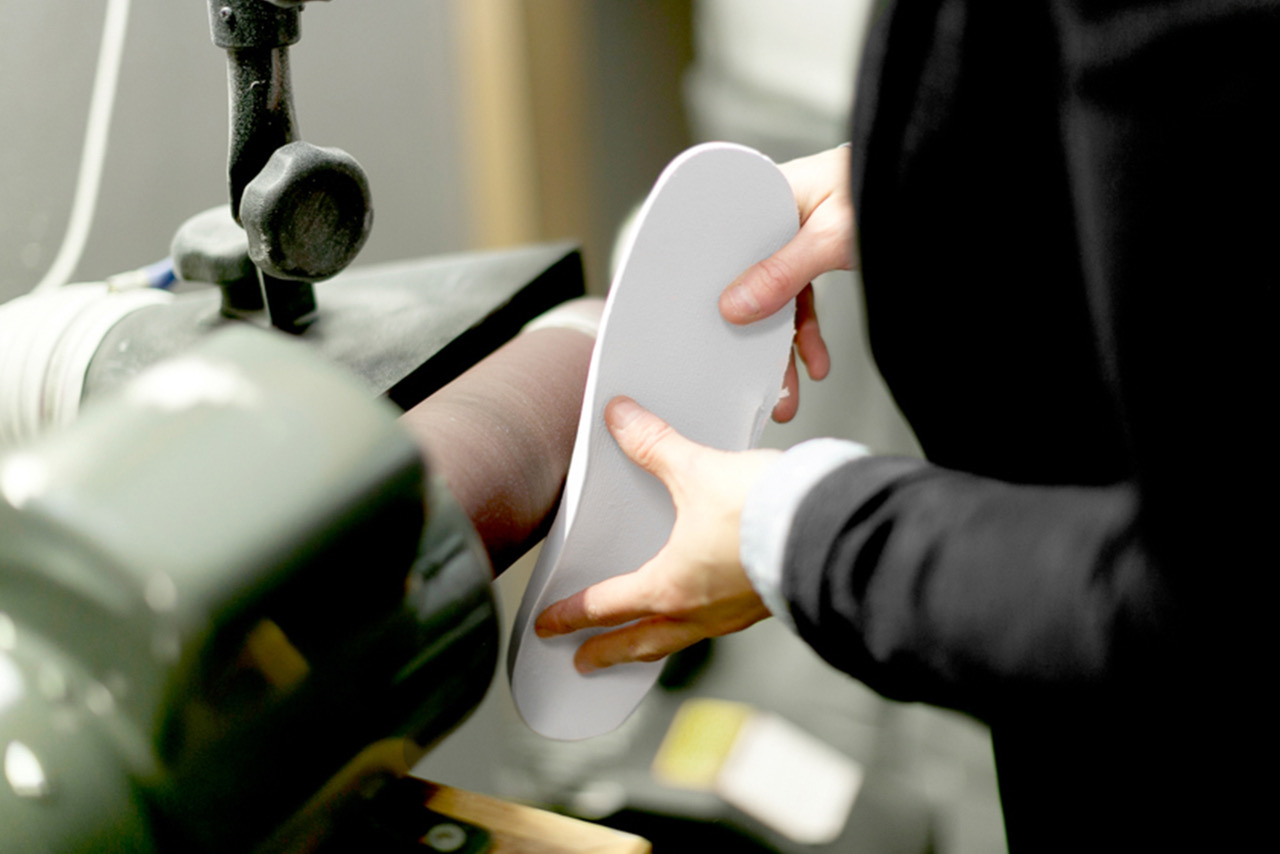
Symptoms of Metatarsalgia
The pain that’s experienced with metatarsalgia can vary depending on the person. The pain can be a sharp/dull ache or resemble neuropathic pain, which is a burning sensation.
The level of pain is worse when wearing tight or poorly fitted shoes. Walking, running, jumping, and high-impact activities can put more pressure through the forefoot, which can exacerbate the pain.
Metatarsalgia is often coupled with callusing or hardened skin, which is indicative that the area has been overloaded.
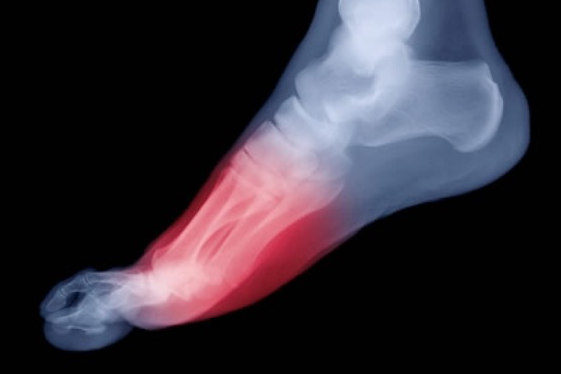
People At Risk of Metatarsalgia
While anyone can develop metatarsalgia, it’s most commonly found in middle-aged and older individuals. As we get older, the fat cells underneath the ball of the foot can degenerate, which is a predisposition to metatarsalgia. Returning to intense activities and exercise after a break can also onset the pain.
People who continually wear poorly fitted shoes or shoes inappropriate for the types of activities they are performing are susceptible to metatarsalgia.
Overweight individuals and people with poor foot posture (including high arched feet or flat feet) can experience metatarsalgia pain.
It can also be caused by high-impact activities where there’s constant foot-loading, such as in marathon running.
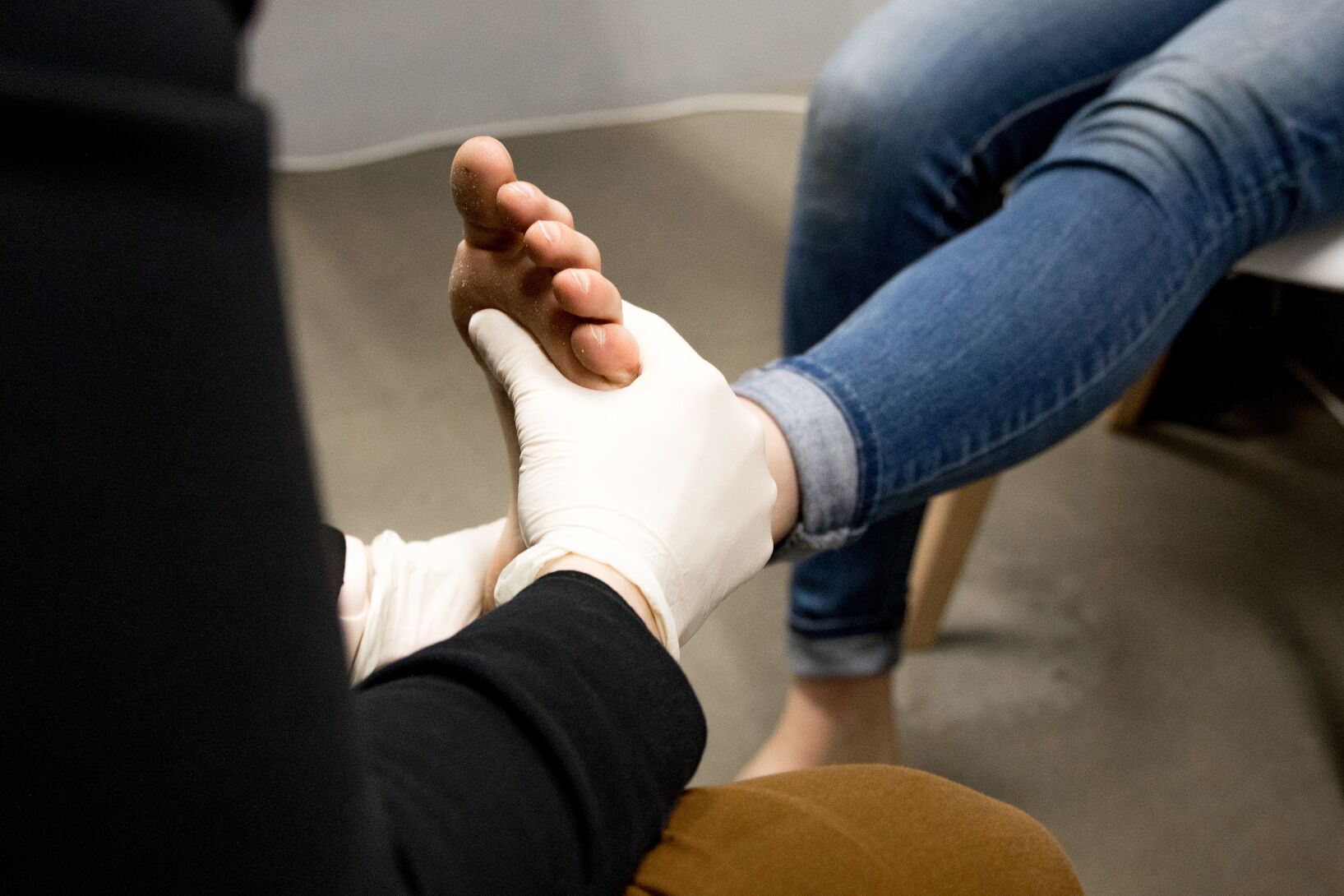
Onset of Pain
There are several ways that forefoot pain can be onset:
- Oftentimes, it will coincide with a preexisting postural issue or biomechanical issue the patient has been living with
- Change of activity levels, walking for an extended period of time, or a single stress injury or weight-loading act, such as jumping from a height
- If a patient experiences a change in the shape of the foot. Changes such as a clawing of the toes or bunionscan create an overload of the second metatarsal head, leading to metatarsalgia pain
Fortunately, there are many ways our Orthotists can assist.
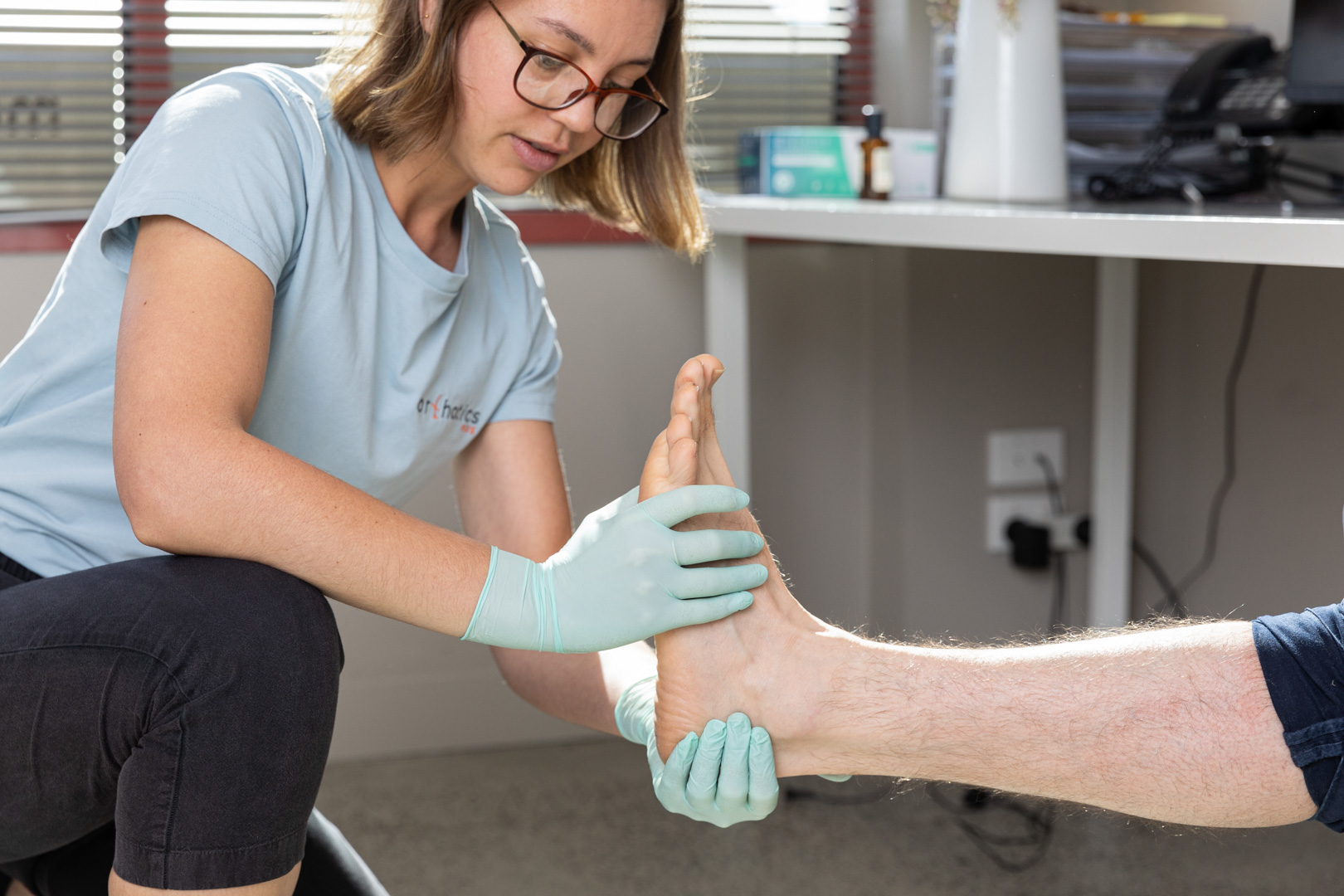
Ready to Start with Orthotics Plus?
Metatarsalgia is a common condition that we treat frequently. All of our Orthotists are experienced with identifying metatarsalgia and providing patients with the best possible treatment options to alleviate their associated pain.
- We have multiple clinics in Melbourne
- The patient is provided choice and control
- Our services are centred around pain management
To get started with us, please use our clinic locations or referrals pages, everybody is welcome to make an inquiry.

FAQ
The patient would be comprehensively assessed by an Orthotist.
Our team of professionals observe a patient’s biomechanics, their foot posture, their calf tightness and also check for skin callousing.
We may also communicate with a patient’s GP for further diagnoses of other conditions.
We’d normally see someone for their initial consultation to first examine their condition.
If we determine that foot Orthotics are a clinically sound option, we would likely book a fitting-appointment one week later.
We’d then schedule a follow-up visit around three weeks later to assess their progress.
After this, the patient should ideally be living with less pain, and we would only see them as needed or for annual reviews.
Metatarsalgia pain can grow to be severe enough to the point where patients may find it difficult to exercise or even walk for normal periods of time.
Poorly managed metatarsalgia also puts patients at risk of gait deviations, which might cause issues with the lower back, hips, and other areas. This can lead to reduced activity and conditions associated with a more sedentary lifestyle.
Outcomes will vary based on the individual. More often than not, metatarsalgia can be well managed.
Metatarsalgia patients should be conscious to choose the right shoes for the right activity. When going for a walk, it’s recommended to wear runners instead of thongs. With more conscious behaviour, patients tend to manage their pain well and avoid it from progressing.
In more severe, poorly managed cases, a surgical consultation may be required, however, we will endeavour to avoid this.
- Claw toes
- Bunions
- Stress fractures
- Neuromas
- Bursitis
- Synovitis
If these factors and conditions are ignored, the patient can put themselves at risk for developing further pain. Orthotics Plus treats all patients holistically.